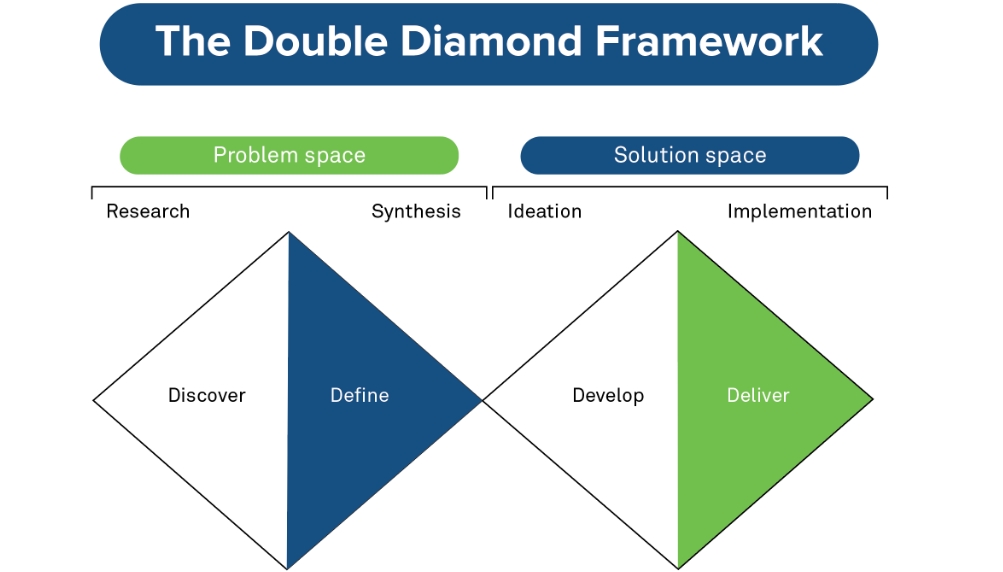Because utilities are responsible for delivering essential services like electricity, gas, water, and wastewater management, they have often (for good reason) prized reliability, security, and affordability over customer experience.
Today, utilities are feeling pressure to transform these legacy service-centered approaches into customer-centered approaches. Numerous factors are driving utilities in this direction, including new digital competitors, evolving customer preferences, falling customer service scores, advancing technologies, directives from regulators, cost escalations, and sustainability concerns. For many utilities, this customer-centric transformation is a radical mindset shift. But innovation is possible: The advent of web 3.0 will enable seamless customer journeys with digital technology, even as it makes current business models increasingly obsolete.
For all the advances that utilities have made on their journey towards customer-centricity, many of these advances have been tactical interventions designed to improve individual aspects of the customer experience. To take this transformation maturity to the next level, utilities will need to adopt a holistic design-led approach to innovation. This transformation extends beyond technology adoption and touches both process and people; it involves a comprehensive overhaul of the customer experience based on real-world customer insights. By leveraging “design thinking” to understand customer pain points, preferences, and behaviours, utilities will be able to de-risk innovation, revamp customer journeys, and transform their business models.
What Is Design Thinking?
Design thinking takes a human-centered, holistic, collaborative approach to innovation that aligns people, process, and technology to elevate and deliver an enhanced customer experience. Rather than starting with technology, design thinking starts with the user’s needs, and (re)designs products, services, and experiences around that user through an iterative process that emphasizes testable prototypes.
Airbnb famously leaned heavily on design thinking as it matured its business model. Numerous companies, from the smallest startups to the largest Fortune 500 corporations, utilize design thinking to foster user-centric innovation and enhance their products, services, and strategies through the human-centered, iterative approach. And for good reason: Studies have demonstrated a 32% rise in revenue growth and a 56% increase in total shareholder return for design-driven organizations.
Compared to many enterprises, utilities already have one crucial advantage in the design process: They provide services that people not only want, but absolutely need. However, there is plenty of flexibility in terms of how they present those core offerings to customers, and utilities services will only become more diverse as the global economy decarbonizes. Amid this larger transition, utilities can leverage design-driven service transformations to achieve a fully realized omnichannel customer experience that improves customer acquisition, customer retention, and customer satisfaction.
From Personas to Prototypes
The first step in any design-led transformation is to start from the perspective of a consumer of a utility service. Rather than proposing incremental improvements, the design thinking starts with discovery (see double diamond framework below). This discovery phase asks: Who are my customers, and what truly drives them? Utilities will need to consider multiple consumer types — including but not limited to residential, industrial, commercial, agricultural, and medium/high voltage customers — and identify the most important loyalty drivers for each of them.





